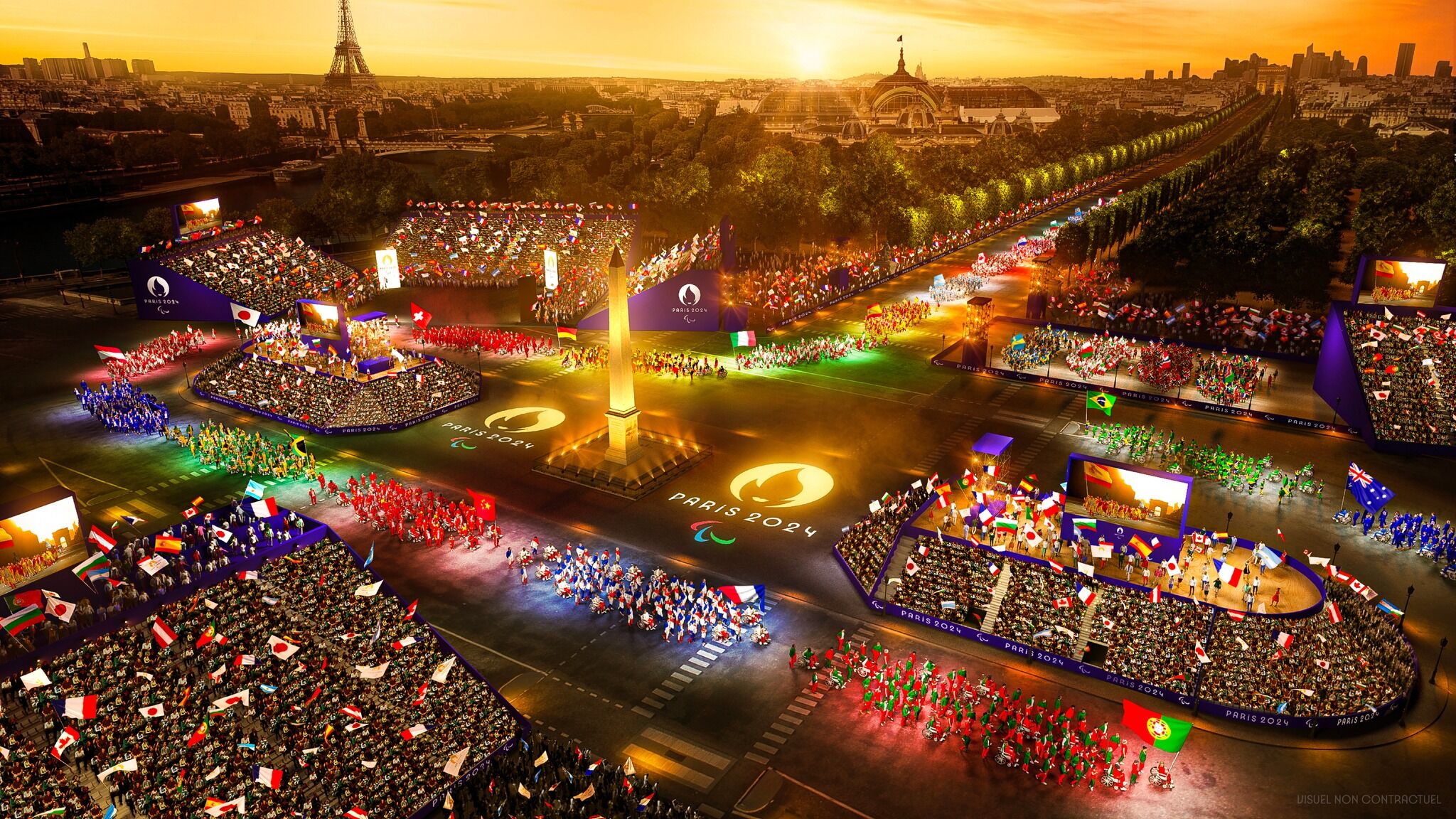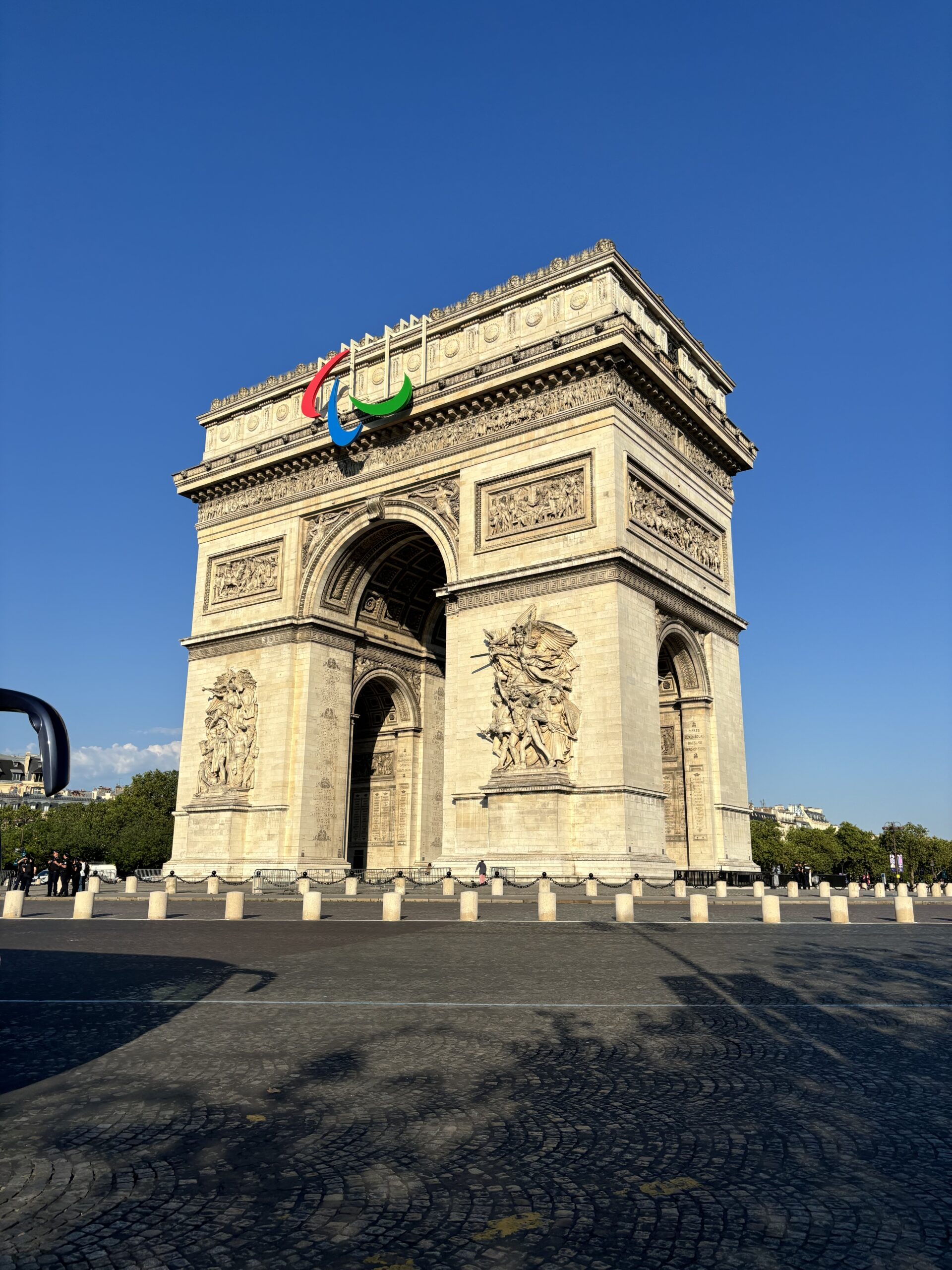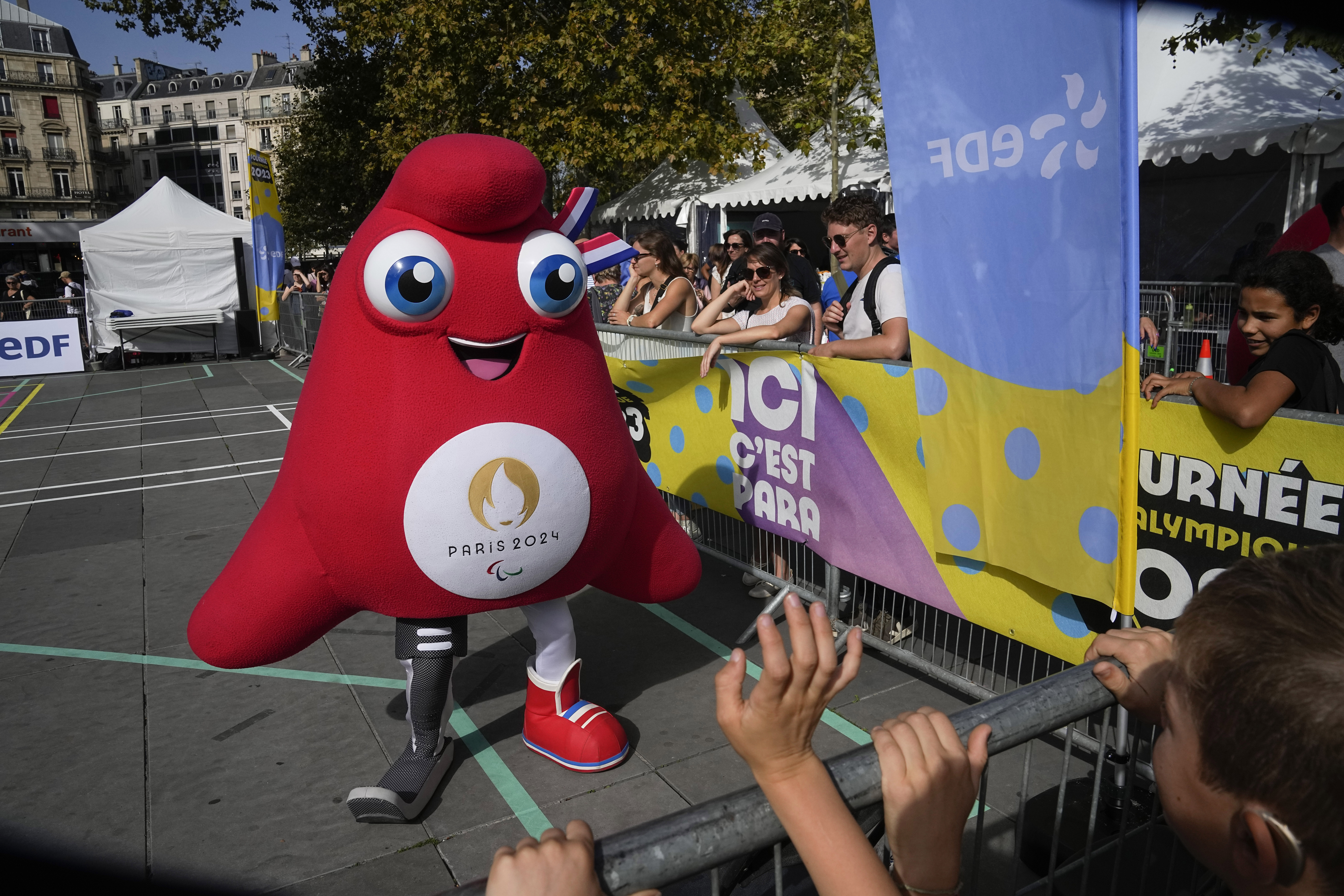
More attention than ever. More commercial endorsements than ever. Integrating sport into some of the historic venues and spaces around Paris.
No, it’s not the 2024 Olympic Summer Games — it’s the 2024 Paralympic Summer Games, which start August 28 with the Paralympic Opening Ceremony not in a traditional stadium setting but instead on the Champs-Elysées and in Place de la Concorde.
With more than 4,000 athletes competing in 22 sports with over 180 nations represented, the Paralympics are entering an era in which athletes are well-known commercially and established as its own sporting force that has changed the landscape of the cities that host the Games — and with more to come in the future.
“Paris is going to be our coming out party,” said wheelchair basketball player Steve Serio, who will be the U.S. flag-bearer at the Opening Ceremony. “It’s going to be the chance for us to chase down our athletic endeavors with our family and friends in the stands which we missed in Tokyo. … We all know that L.A. is right around the corner and that will be an opportunity for this country to highlight just how awesome the Paralympics are.”
More Attention Than Ever
The torch relay will start August 25 in Stoke Mandeville, England, the historic birthplace of Paralympic sport, with the torch carried by more than 1,000 forerunners in around 50 towns in 12 simultaneous relays converging on Paris. During the Games, fans will be able to roam from venue to venue with day passes.
Fans who may have been captivated by the iconic landmarks of Paris being integrated into Olympic competition will be able to continue seeing that in the Paralympics. NBC Universal will air a Paralympic record 1,500-plus hours of TV and streaming programming of the Games. The Paralympics will have live coverage on USA Network and CNBC plus nine hours on NBC, including six hours in prime time. Overall, there will be more than 140 hours on TV. Streaming coverage on Peacock will serve about 1,500 live hours across all 22 sports.
“It’s really phenomenal,” para-triathlete Grace Norman said. “This is my third Games; there wasn’t really much coverage at all in Rio, Tokyo was better. But hearing that the bigger media outlets want to cover more Paralympics and make it more equal is phenomenal.”
The attention extends to commercial opportunities for athletes. Toyota’s Paralympic campaign includes stipends for athletes heading to Paris. Several athletes have been at the forefront of commercial campaigns during the Olympics and those opportunities will only increase during the Paralympic Games.
“At that time (I started), the opportunities for women in the Paralympic space to partner up with the brands was non-existent,” said para-cyclist Oksana Masters, who has won medals at the Summer and Winter Paralympics. “The USOPC was the first one to close that (and) create equal pay for paralympic medals and Olympic medals.”

Expanding Adaptive Sport Opportunities
Future Paralympians are also getting more exposure in the growing partnership on the collegiate scene. Three collegiate national championships had adaptive sports activations at the overall event this year as part of a project between the NCAA Office of Inclusion and United States Olympic and Paralympic Committee.
This year the USOPC, NCAA and National Wheelchair Basketball Association presented a Team USA vs. College All-Star Game during halftime of the Division I Women’s championship game in Cleveland. The presentation included an athlete recognition ceremony and scrimmage during the 8-minute halftime window. Additionally, at the NCAA’s Tourney Town activations was a scrimmage hosted by the local Cleveland Wheelchair Cavaliers club team.
“We got to showcase our sport for thousands of people, something that I’ve never experienced as a wheelchair basketball player,” said Courtney Ryan, a wheelchair women’s basketball player who also is an assistant with the University of Arizona’s wheelchair basketball team. The adaptive sports program at Arizona is one of the largest in the world.
“To have that exposure and to recognize the NCAA having us out on that stage with all the different athletes from each program that represent wheelchair basketball collegiately is what we need,” Ryan continued. “It puts a little shift in the mindset for NCAA that wait, there’s only six college programs that offer women’s wheelchair basketball? We need more growth. Those are the conversations that we need to have.”
For the second year in a row, collegiate wheelchair tennis had a presence at the NCAA Division I tennis championships and for the first time ever, the national collegiate wheelchair championships in the 100-meter races were part of the NCAA Division I Outdoor Track & Field Championships in Eugene, Oregon.
“It’s been a huge push for the USTA,” wheelchair tennis player David Wagner said. “It’s been cool to see that integration for our sport of wheelchair tennis.”

Governance Attention Increases
That attention is also being increased within the USOPC. The USOPC’s high performance center at Athletica will be open to Paralympians for the first time.
“I think one having a high-performance center makes us all feel more connected,” said sitting volleyball player Kaleo Kanahele Maclay. “Having all of us in one place will make us all feel united and prepared … Having that touchpoint of feeling connected, being well-prepared for going into the village and the Games will be honestly will be a big game-changer.”
Team USA House, a staple of the Olympic Games, will be open for the first time during the Paralympics at the Palais Brongniart in Paris’ second arrondissement.
“I think it’s really exciting because we’ve been hoping for this equality within the Olympic and Paralympic movement,” said Kanahele Maclay. “The more we present the Paralympics, the more Paralympians we find and the more people with disabilities join sport. It makes me feel like we’re being thought or and really cared for.”
Between USOPC initiatives, some burgeoning movement on the collegiate scene and more commercial and media attention than ever before, it’s all part of a process that USOPC Chief of Paralympics Julie Dussliere has been seeing develop over the years.
“I feel like we have gone leaps and bounds in terms of how we do our business,” she said. “I’ll be sitting in a meeting in the organization where even as recently as five years ago, whatever the topic, planning of some sort, Paralympic would sort of have been forgotten and I would have been the one to say, ‘Hey, wait a minute, we’ve got to think about this.’
“Typically now as we are doing planning, I never have to say that anymore (because) my colleagues are doing it for me. Whichever departments they run in the organization, they are piping up before I even have to say wait but for Paralympics, we have to think about X or Y or Z. It’s really the cultural shift, holistic shift, it’s night and day different than we were eight or 10 years ago.”











 Copyright © 2025 by Northstar Travel Media LLC. All Rights Reserved. 301 Route 17 N, Suite 1150, Rutherford, NJ 07070 USA | Telephone: (201) 902-2000
Copyright © 2025 by Northstar Travel Media LLC. All Rights Reserved. 301 Route 17 N, Suite 1150, Rutherford, NJ 07070 USA | Telephone: (201) 902-2000